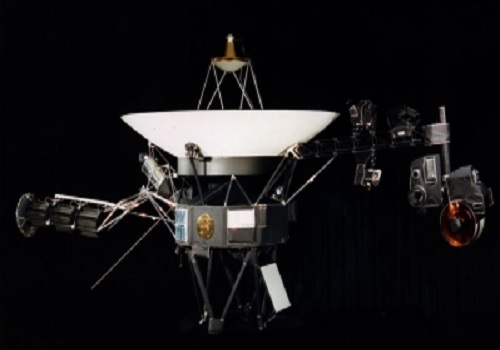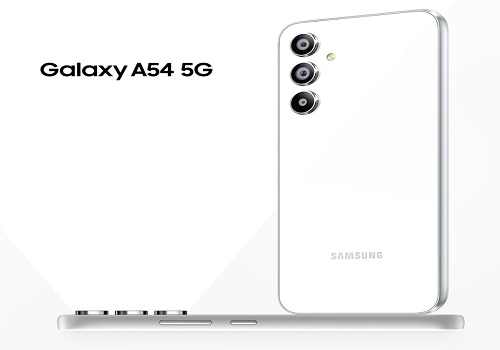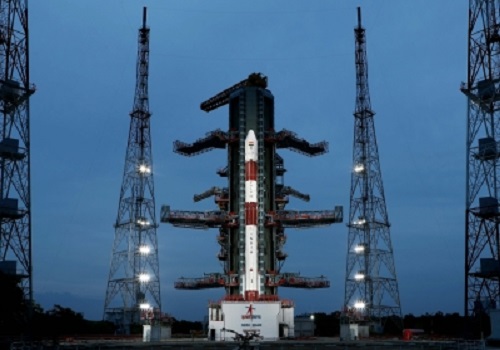NASA figuring out mysterious readings from interstellar spacecraft Voyager 1

Follow us Now on Telegram ! Get daily 10 - 12 important updates on Business, Finance and Investment. Join our Telegram Channel
Launched in 1977, Voyager 1 has been exploring the cosmos for nearly half a century and now, NASA engineers are baffled at mysterious readings coming from the ageing interstellar aircraft.
The interstellar explorer is operating normally, receiving and executing commands from the Earth, along with gathering and returning science data.
"But readouts from the probe's attitude articulation and control system (AACS) don't reflect what's actually happening onboard," NASA said in a statement.
While the spacecraft continues to return science data and otherwise operate as normal, the mission team is searching for the source of a system data issue.
"All signs suggest the AACS is still working, but the telemetry data it's returning is invalid. For instance, the data may appear to be randomly generated, or does not reflect any possible state the AACS could be in," said the US space agency.
Voyager 1's signal hasn't weakened, which suggests the high-gain antenna remains in its prescribed orientation with Earth.
At a distance of 14.5 billion miles from Earth, Voyager 1 is the farthest human-made object in space (it takes light 20 hours and 33 minutes to travel that difference).
That means it takes roughly two days to send a message to Voyager 1 and get a response - a delay the mission team is well accustomed to.
"The team will continue to monitor the signal closely as they continue to determine whether the invalid data is coming directly from the AACS or another system involved in producing and sending telemetry data," said NASA.
Until the nature of the issue is better understood, the team cannot anticipate whether this might affect how long the spacecraft can collect and transmit science data.
"A mystery like this is sort of par for the course at this stage of the Voyager mission," said Suzanne Dodd, project manager for Voyager 1 and 2 at NASA's Jet Propulsion Laboratory in Southern California.
"We're also in interstellar space - a high-radiation environment that no spacecraft have flown in before. So there are some big challenges for the engineering team. But I think if there's a way to solve this issue with the AACS, our team will find it," Dodd said.
It's possible the team may not find the source of the anomaly and will instead adapt to it, Dodd said.
If they do find the source, they may be able to solve the issue through software changes or potentially by using one of the spacecraft's redundant hardware systems.
Voyager 1's twin, Voyager 2 (currently 12.1 billion miles, or 19.5 billion km, from the Earth), continues to operate normally.
Launched in 1977, both Voyagers have operated far longer than mission planners expected, and are the only spacecraft to collect data in interstellar space.
The information they provide from this region has helped drive a deeper understanding of the heliosphere, the diffuse barrier the Sun creates around the planets in our solar system.
Each spacecraft produces about 4 fewer watts of electrical power a year, limiting the number of systems the craft can run.

























